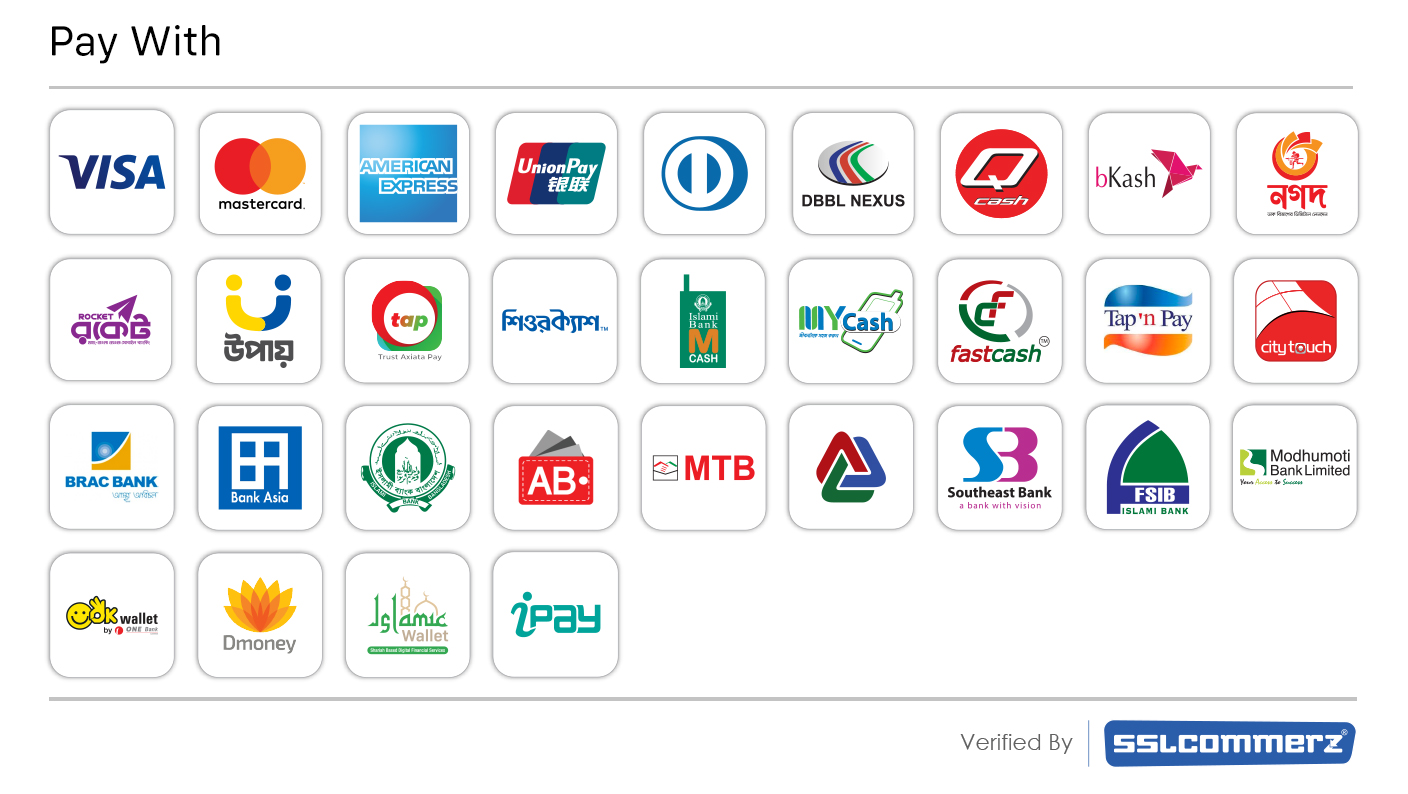


A blood glucose test measures the level of sugar (glucose) in your blood. This helps doctors diagnose diabetes and other conditions such as hypoglycemia or hyperglycemia.
A glucose test can be necessary if you fall into the following categories who have a high risk of developing diabetics:
For the glucose test, a tiny needle will be used to obtain a blood sample from a vein in your arm by a healthcare provider. A small amount of blood will be collected into a test tube or vial once the needle is inserted. When the needle goes in or out, it may sting a little. Some glucose blood tests need you to consume a sugary beverage prior to having your blood collected.
If you have diabetes, your doctor may offer a kit that allows you to monitor your blood sugar at home. A device to prick your finger is included in most kits (lancet). This is where you will collect a drop of blood for testing. There are some modern kits that don’t require you to prick your finger.
The normal blood sugar levels are less than 100 mg/dL after at least 8 hours of fasting. And, at 2 hours after eating, blood sugar level of 140 mg/dL or lower is considered normal.
Throughout the day, the levels usually remain at their lowest just before meals. People with no diabetes have blood sugar levels around 70 to 80 mg/dL before meals. On the other hand, the levels remain 90 mg/dL for some other people.
Normal blood sugar levels for adults before meals typically range from 70 to 80 mg/dL without diabetes. While 90 is common for some, whereas 60 is for others.
The blood sugar test can identify Diabetes in a number of ways: A1C, Fasting Plasma Glucose (FPG), Oral Glucose Tolerance Test (OGTT). Generally, Fasting Plasma Glucose (FPG) is the most accepted diabetes test to diagnose this disease in a person’s body.
This test measures your blood sugar levels after fasting for at least eight hours. It is the practice of remaining without food or liquids (except water) for a certain period. Before breakfast, this test is typically conducted during the first hour in the morning.
The fasting blood sugar level is interpreted in accordance with the American Diabetes Association’s recommendations as following:
| Fasting Plasma Glucose (FPG) | Result |
| Normal | less than 100 mg/dl |
| Prediabetes | 100 mg/dl to 125 mg/dl |
| Diabetes | 126 mg/dl or higher |
Your results may indicate you have diabetes or are at risk of developing it if they reveal higher than normal glucose levels. Another indication of high glucose levels could be:
If your tests show lower-than-normal glucose levels, this can mean one of the following:
It’s not always a sign that you need to get medical attention if your glucose test results are not normal. Medications and extreme stress can both have an impact on glucose levels. Speak with your healthcare professional to find out what your results actually mean.
Diabetes mellitus is a condition in which there is too much sugar (glucose), either in the blood or urine. High blood sugar levels cause many problems, including heart disease, stroke, kidney damage, nerve damage, amputations and many more. People with diabetes must manage their blood sugar by eating healthy foods, taking medications, and doing regular physical activity.
The number of blood glucose tests depends on the type of diabetes a patient has. People with type 1 diabetes should have at least four tests per day, including one before each meal and one before bed, as per diabetes.co.uk, the world’s largest diabetes community.
A person with type 1 diabetes should also receive support from their doctor to test up to ten times per day (and even more frequently in some circumstances), depending on the situation, such as if they are participating in sports, driving, or have poor hypo awareness.
People with other types of diabetes who are taking medications that can cause hypoglycemia should check their blood sugar levels at least once a day. With a specialist doctor’s consultation, you can prevent low or high diabetes results by taking the necessary precautions.
If you are using any medicine that can induce hypoglycemia, it’s better to check your blood glucose levels if you experience relevant symptoms.
Yes! Pregnant women should have a glucose test as per doctor consultation because they are at higher risk for developing diabetes. They should also have their blood pressure checked regularly.
Yes, you should have a glucose test if you have one or more risk factors for developing diabetes, including being overweight, having high blood pressure, or having a first-degree relative who has had diabetes. However, you do not need to have a glucose tolerance test unless you have symptoms of diabetes.
S.S. Tower, 3rd floor, House# 663-664,Ashkona Bazar, Near Hajji Camp, Dakshinkhan, Dhaka-1230.
Contact Number: +8801894774336
E-mail:
